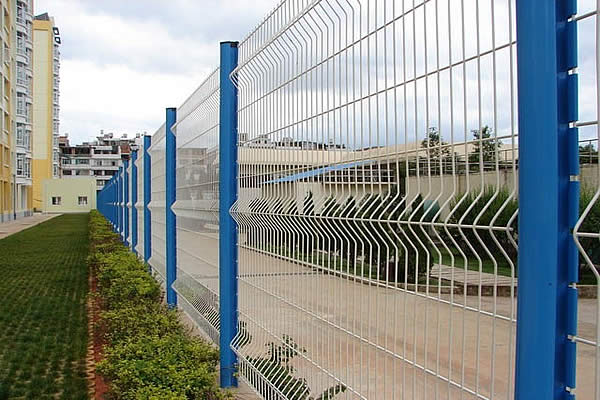 TEL:
+86-13102802206
TEL:
+86-13102802206
 Email:
fencenetting@china.com
Email:
fencenetting@china.com
 Language
Language
 TEL:
+86-13102802206
TEL:
+86-13102802206
 Email:
fencenetting@china.com
Email:
fencenetting@china.com
 Language
Language


Chain Link Fence Repair A Comprehensive Guide for Homeowners
Chain link fences have long been a popular choice for homeowners due to their durability, strength, and affordability. However, like any outdoor installation, they are susceptible to wear and tear over time. Whether you’ve noticed rust, bent posts, or loose links, understanding how to effectively repair a chain link fence can save you money and extend its lifespan. In this article, we’ll cover the common problems associated with chain link fences and the steps you can take to repair them.
Common Issues with Chain Link Fences
1. Rust and Corrosion Chain link fences are typically made of steel and, if not adequately coated, can develop rust over time, especially in humid or coastal environments.
2. Loose or Damaged Links Over time, some links may become loose or damaged due to weather conditions or physical impacts.
3. Bent or Broken Posts A strong impact or heavy wind can bend or break the fence posts, compromising the structure's integrity.
4. Ground Settling Over time, soil erosion or settling can lead to a fence that leans or is no longer properly aligned.
Tools and Materials Needed for Repairs
Before you start, gather the necessary tools and materials for the repair. You may need
- Wire cutters - Pliers - Replacement chain link fabric or sections - Top rails and tension bands - Gate latches (if applicable) - Rust-resistant paint or galvanized coating - Concrete mix (for securing posts) - Gloves and safety goggles
Step-by-Step Repair Process
1. Identify the Problem Areas
Begin by walking the perimeter of your fence to identify all problem areas. Look for rust, bent posts, and loose links. It’s essential to thoroughly assess the condition of the entire structure to plan your repairs effectively.

2. Repairing Rusted Areas
For small rust spots, use a wire brush to scrub the affected areas until the rust is removed. After cleaning, apply a rust-inhibiting paint or galvanized coating to protect the metal from further corrosion. For more extensive rust damage, consider replacing the affected sections of the fence.
3. Fixing Loose Links
If you have loose links, they can often be reattached by using pliers. Simply twist the link back into place securely. If the link is too damaged, you’ll need to replace it. To do this, cut out the damaged link and install a new piece of chain link fabric using tension bands to secure it.
4. Repairing Bent or Broken Posts
For bent posts, assess whether the post can simply be straightened. If the post is broken, you may need to dig it out and replace it with a new one. Ensure you place the new post in a concrete base to keep it sturdy. Make sure the post is vertically aligned before the concrete sets.
5. Addressing Ground Settling Issues
If your fence leans due to ground settling, you may need to re-stabilize it. This often involves digging around the affected post and adding more concrete. Once the post is secure, fill in any gaps with soil or gravel to help drain water away and prevent future settling.
6. Final Touches
After completing the repairs, take a step back and inspect your work. Make sure all links are secure, posts are straight, and the fence is well-painted or treated against rust. This not only improves the aesthetics of your property but also ensures the longevity of the fence.
Conclusion
Repairing a chain link fence is a manageable task for homeowners willing to invest a bit of time and effort. By regularly assessing and maintaining your fence, you can avoid costly replacements and enjoy the functionality and security that a chain link fence provides. Whether you’re dealing with rust, loose links, or bent posts, following these steps will help keep your fence in top condition for years to come. Remember, safety first—always wear gloves and goggles while working with metal materials!